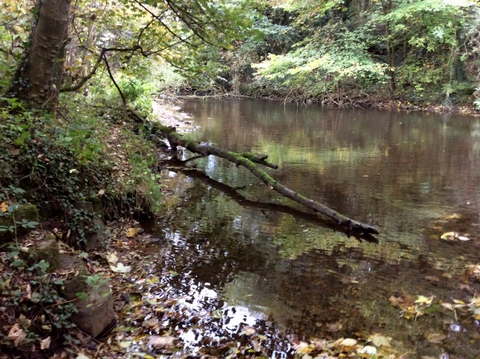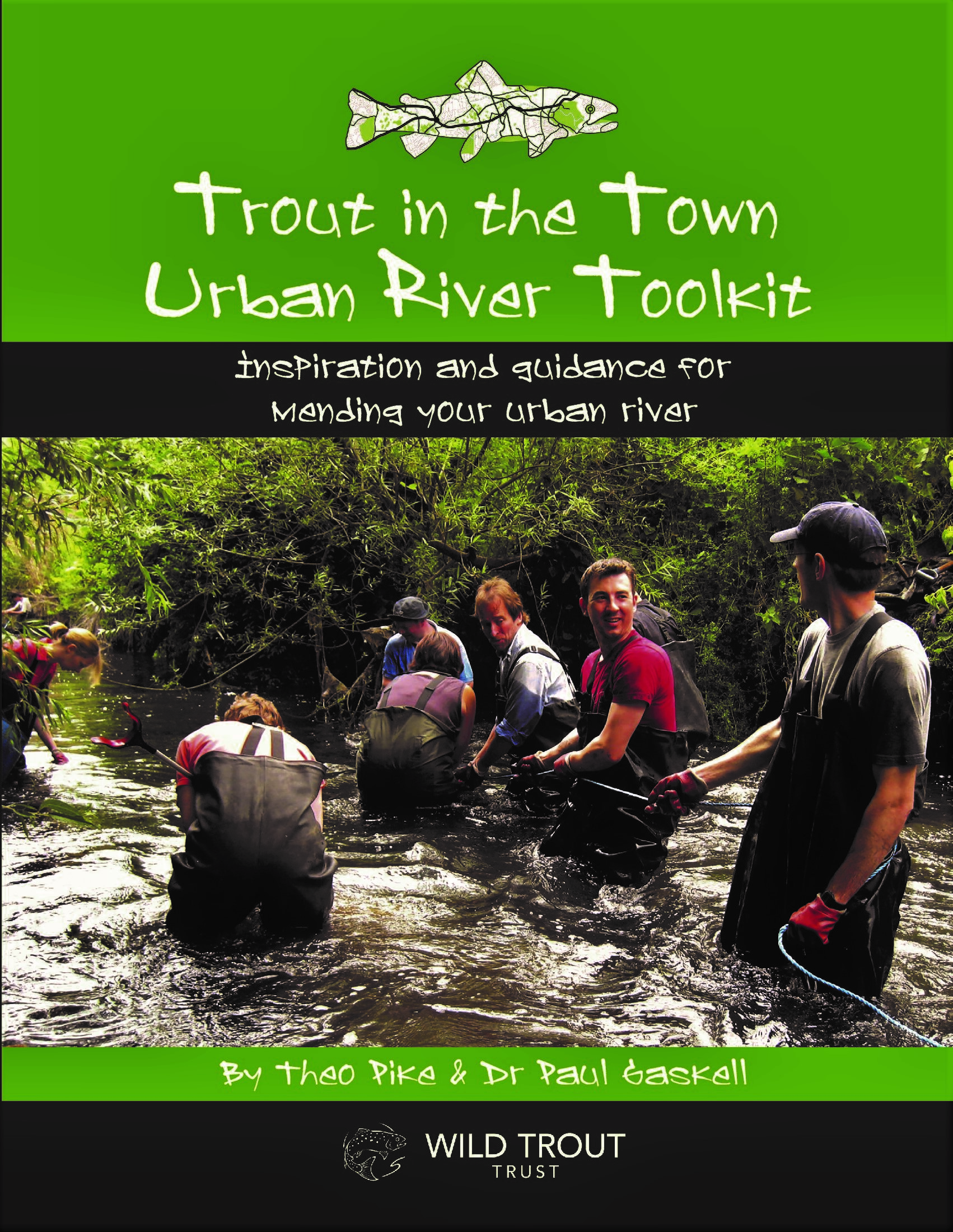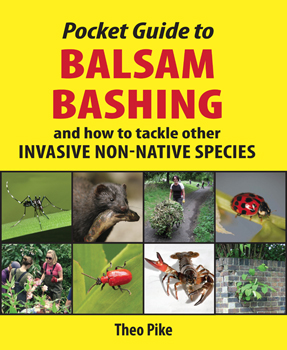Way back in November 2010 when we explored Stockport’s River Goyt for Trout in Dirty Places (and interviewed local river restorationist Andrew Parker and other officials of the Disley & New Mills Angling Club), one of the most fascinating angles on this river’s recovery story was the structures called tree kickers installed in the channel.
Securely anchoring whole trees into rivers is a low-cost technique imported from wilderness America, where tree sweepers and pieces of Large Woody Debris (LWD: interesting links here and here) in high energy channels tend to be a much more common feature of river hydromorphology than in the intensively-managed UK.
In the post-industrial, upland-spate-driven conditions of the Goyt and Sett, where pieces of LWD would accumulate and move downriver anyway in more natural flow regimes, Andrew and the Wild Trout Trust believed dropping mature alder trees into the river channel could kick-start a beneficial chain reaction of natural processes. Restrained securely with 12mm braided steel cable to their own stumps on the bank, the complex structure of these trees could also provide trout and grayling with refuges from fish eating birds and other predators, and might even reduce the risks of flooding further downstream towards Stockport and Manchester.
4 years later, how have those tree kickers been getting on? We wondered, for instance, if they’d created tree-sized slacks which then filled with silt and buried them… or would the Goyt’s high flows have scoured massive bomb-holes out of the river bed below the hinged LWD (which is what tends to happen when a tree falls into the similarly-flashy Wandle, much to Urbantrout’s delight and EA contractors’ occasional panic)?
So we dropped Andrew a line to find out. Here’s what he told us:
I made the trip to the River Goyt yesterday to walk along the sections known as Hague Bar Meadows and Mousley Bottom. (Tree kickers were also installed at Strines but I wasn’t able to walkover that section yesterday).
The river was low; not unexpected because the reservoirs at the head of the Rivers Goyt and Sett are low. The good news is all bar one of the tree kickers appear to be in place: I’ll return to that other one in a moment.
In the low water the cobble nature of the river bed is evident I would generalise that most of the tree kickers haven’t had either of the impacts you suggest. The high energy of the stream has pushed the hinged LWD hard into the banks; many of the locations appear to be on steeper gradients and my observation is that at low flow they have no impact upon the river at all – several are beached. However in higher flows these will likely create cover away from the main force with some overhead protection for avian predators.
As for the ‘one that got away’: I think the tree kickers were installed in 2008. In 2010 we revisited and installed a soft revetment on an outside bend where a stone retaining wall was being eroded. Tim Jacklin and I spotted that one of the tree kickers, slightly downstream and on the inside bend of the river had done a grand job: it had created a slack and was buried, having built up a sizeable deposit of sediment around it. The restraining wire had always been a trip hazard, so we decided to release it. As we released the bolts we could hear the tree cracking where it was buried; we were more convinced that the restraining wire had done its job. Of course, at the next big flow the whole thing was washed away!
Big thanks to Andrew for this knowledgeable assessment of how the Goyt’s tree kickers have fared – it’s this long-term monitoring which is often most difficult to obtain in any environmental restoration sector.
If you’ve heard of hinged tree kickers being used elsewhere in the world’s urban rivers, please let us know and we’ll aim to run a follow-up feature on this fascinating technique.
(Photos 2 – 5: Andrew Parker)









[…] pools. Many river managers and river restoration professionals will probably know how to install a “tree kicker” to promote the scouring of fine sediment and creation of exposed gravels, by using an angled piece […]